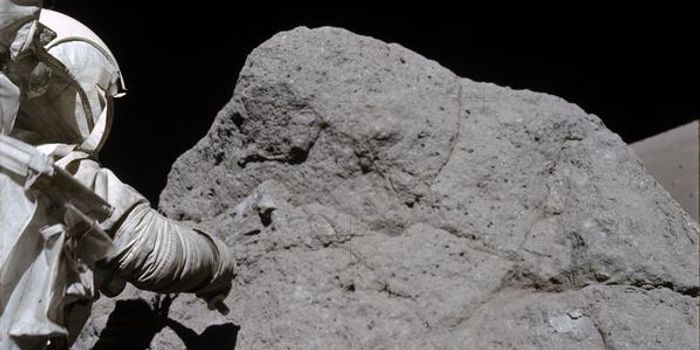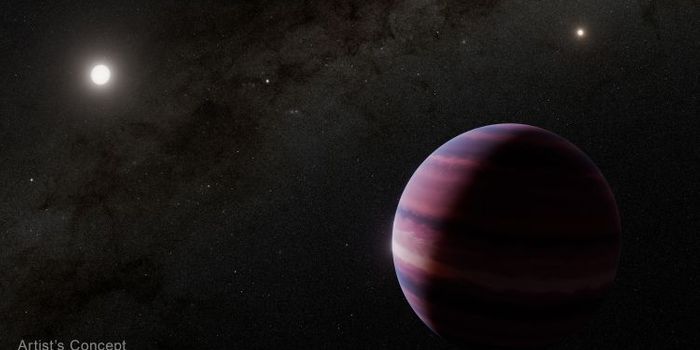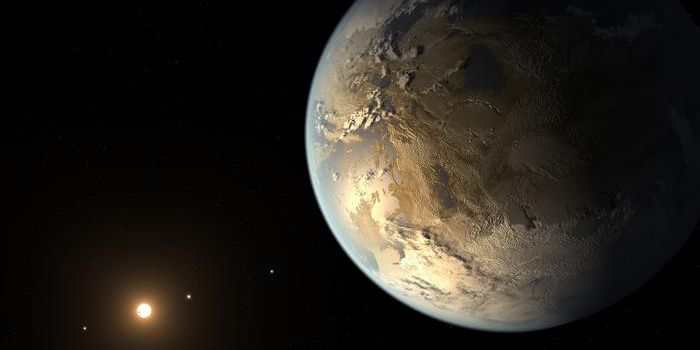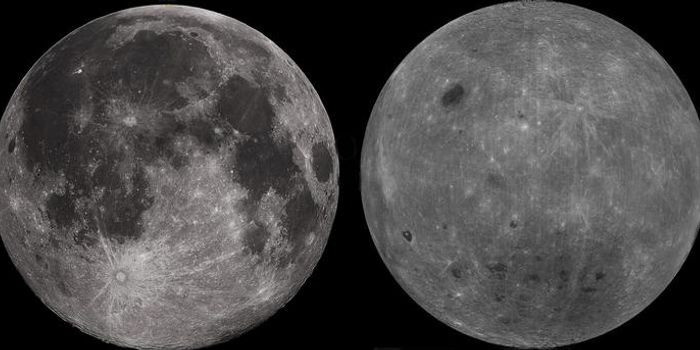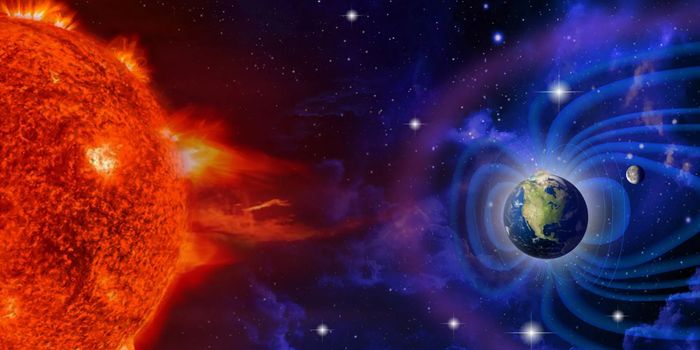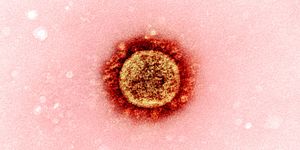Is it Safe to Travel to Mars?
It should be safe for humans to travel to Mars, provided journeys don’t take more than four years. The corresponding research was published in Space Weather by researchers from Russia, Germany, and the US.
Space radiation from Solar Energetic Particles (SEP) and Galactic Cosmic Rays (GCR) are major health concerns when planning long-term human space missions. The intensity of both rays depends on solar activity. GCR rays are most present during the solar minimum- the period of least solar activity in the Sun’s 11-year cycle, while SEP rays are at their lowest probability and density during the same period.
In the present research, scientists set out to answer two key questions: Would particle radiation pose too great a threat to human life to conduct round trips between the Earth and Mars? And, could the timing of missions to Mars help shield astronauts and spacecraft from radiation?
Via a series of calculations, they found that, provided spacecraft have sufficient shielding, round trips between the Earth and Mars could last up to four years. They also found that Mars-bound missions would be most plausible during the solar maximum as the most dangerous and energetic particles from distant galaxies would be deflected by enhanced solar activity.
As it takes around nine months to reach Mars from Earth, the researchers say that human return missions to the planet could take less than two years; within the bounds for human safety. They say, however, that missions longer than four years would expose astronauts to dangerous amounts of radiation.
"This study shows that while space radiation imposes strict limitations on how heavy the spacecraft can be and the time of launch, and it presents technological difficulties for human missions to Mars, such a mission is viable," said Yuri Shprits, co-author of the paper.
Sources: Space Weather, Science Daily



